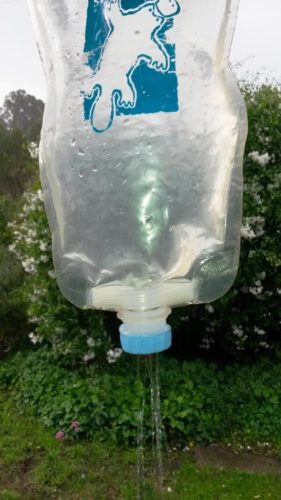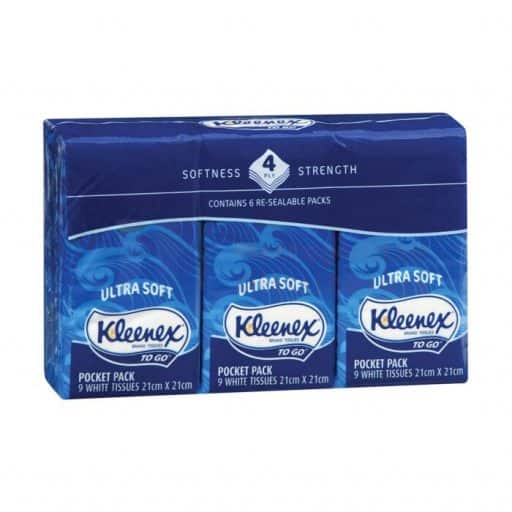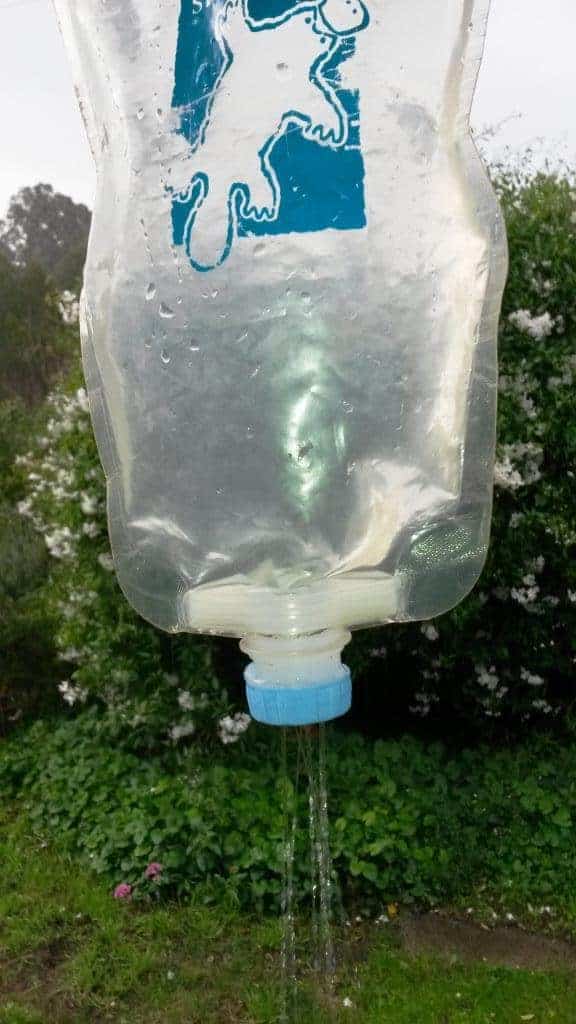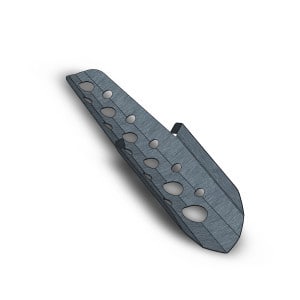Some tips and tricks on how to stay clean and healthy on the trail, how to wash and dry your clothes and more. I have been doing this for nearly seventy years so I must be doing something right!
Some of these issues are a bit of a ‘No No’, but someone needs to bring them up. Personally I am particularly disgusted by folks who scatter personal hygiene products (and worse!) around in the bush. You have to watch your step! Some places seem worse than others in this regard but: Please: bury, burn or carry out! This post may have been superseded by others such as Keeping Clean on the Trail but it is still worth reading and following the links.
Bathing: Another Sea to Summit product: an ultrasil camp shower which weighs about 120 grams (without its silly stuff sack), and gives a lovely shower (about 8 minutes) with two billies of boiling water plus two of cold – obviously add the cold first! Sea to Summit Pocket Shower
Della usually favours a sponge bath from the billy – a strategy which weighs nearly nothing – and gives a quite satisfactory result. See the APC and the Sponge Bath. Of course a quick dip in an icy stream whilst very bracing will still get you quite adequately clean. Weight: 0 gram!
For a DIY alternative See : One Gram Platypus Shower

For a neat way to hang your shower see this: Bush Shower Mechanical Advantage this would also work well if you are hanging heavy game overnight & etc.
We find these lightload towels great for drying off, as washable handkerchiefs, as sweat bands, etc: Zpacks Towels Unfortunately they do not wash well or last long. Most hiking towels do not dry and cannot be squeezed out except the ones which feel a little like cardboard when dry. The microfibre ones from the $2 shops seem to be about as good as it gets.
Toilet rolls should be banned. I wonder really that our emerald agitators have not hit on this particular remedy for the woes of our troubled forests. Why, when we are hiking we manage to get by with (at most) 2-3 Kleenex tissues a day (Fold, use; fold, use; fold use…), which saves a lot on pack weight – and the handy purse-sized dispensers prevent the tissues from becoming saturated and unusable in the rain (which would happen to a toilet roll). But, think of the vast forests to be saved if everyone was forced to do this every day. Why, we should never resile from the ability to use force on the citizenry – to make them better, of course!

Of course you could make yourself A Hiking Bidet like this.
I always carry a resealable sachet of Kleenex anti-bacterial wipes too, though I have now reprised their weight Dettol Wipes Just one of these will give a satisfactory APC (armpits & crutch) clean-up, eg after you have been to the toilet or at the end of the trail day (if you aren’t going to bathe). Cleanliness in such areas may prevent some nasty (eg fungal) infections which will seriously slow you down. For which (& other wounds) carry a small microdripper bottle (or straw) of Betadine.
The resealable Kleenex Pocket Pack of 9 tissues weighs 23 grams, sufficient for 3+ days. A roll of toilet paper weighs more than 120 grams (and will not last a single day if it rains!) For a week’s hike I might carry 2-3 packs plus one 15 pack of their anti-bacterial wipes in a small cuben fibre bag, weight 3-4 grams (46 + 61 + 3 = 110 grams) Zpacks Stuff Sacks
Chafing: Prevent chafing by applying some moisturizer to the area each day before the day’s hike. Likewise, heel balm all over the feet as an aid to preventing blisters or feet drying out and cracking. You can use a variety of strategies to prepare your feet in the couple of weeks leading up to a hike. Special attention to getting those toenails really short, & softening up the skin. Some recommend hardening the feet for a couple of weeks with alcohol. I have not tried this – seems like the wrong end to be putting the alcohol!
Holes: I can usually manage to dig a hole with the heel of my boot, but this tool may be useful if the ground is hard (or for collecting fishing bait, etc): Ultralight titanium ‘potty’ trowels (15 grams): Titanium Trowel or Deuce of Spades at 17 grams (now comes in an even lighter size). If you ever need to dig for water one of these might be a lifesaver. A sturdy metal tool would be preferable to a plastic one which would not stand up to heavy use at need.
Suluk Titanium Trowel
Microdripper bottles: Microdripper Bottles These can be useful for storing small quantities (eg of wilderness wash, iodine, deodorant, insect repellent, etc – TIP: if you take the ‘roller’ off a roll-on, you will find it is a liquid which can be decanted into one of these). Drinking straws Drinking Straw Storage can also be made into useful containers. See Also The Last Straw & Small is Beautiful.
Insects: For protection from insects and treatment of their bites, see: Insects Can Ruin a Camping Trip Leeches can be a problem too. Their bites can also be treated effectively with the antihistamine cream. For prevention of leech bites, make sure you tuck your trousers into your socks and your shirt into your trousers and wear long sleeves shirts in leech country. And keep an eye out for them. Some salt or a lighted cigarette will make them drop off. Spraying a surface spray such as Baygon is good for keeping them ‘at bay’ too. You might want to think about this for your whole tent footprint in heavily infested areas. Unlike ticks which usually brush off trees, leeches usually climb up from the ground, but can brush onto you in fern gullies, etc. A smaller quantity of surface spray for this purpose could be decanted into a small plastic atomiser bottle such as is used for perfume etc to save weight.
Clothes: Washing and cleaning your clothes is also important eg to prevent infections. This is always better than having multiple changes of clothes (one for day and a dry change for night-time is all you need (and a needle and thread for repairs). You should wash yourself and your clothes regularly.- eg every day. Soap is not necessary though some Wilderness Wash can help. If you get to camp early (mid afternoon) there is time to wash your (quick-drying) clothes and put them back on (wet) so they are dry before dark – or you can do this before you set off in the morning. You will find that they are dry within fifteen minutes though they do ‘strike’ a bit cold when you put them back on. Discipline. My (fire) tents always have ‘clothes lines’ incorporated in them so that clothes will dry before the fire (even in the rain) of an evening. See An Ultralight Clothes Line.
First Published Nov 20, 2015
See Also:
20 Gram Roll Up Titanium Hobo Stove



I love reading your articles! Keep it up.
Thank you Carlo.